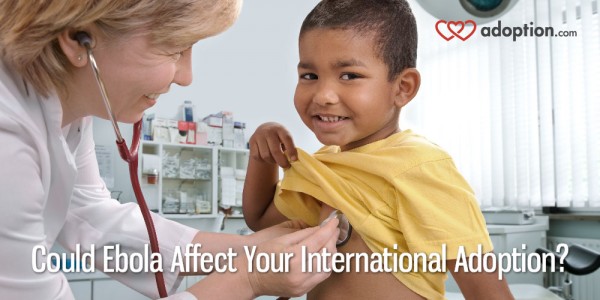The 2014 outbreak of Ebola is the largest in history. Due to modern medicine, proper sanitation, and education, the risk for an outbreak in the United States is low. That hasn’t stopped the fear of the virus from spreading. The latest numbers report that there are nearly 9,000 cases of Ebola, with half ending in death (CDC.gov). The first case confirmed in the US occurred on September 30, 2014 in Dallas. The patient has since passed away. The news was quickly followed by another instance of a passenger observed with symptoms promptly taken by the CDC at Newark airport on October 4, 2014. Now there have been two confirmed cases of Ebola being transmitted in the US from the patient in Dallas to healthcare workers.
The African countries that have had reported cases are primarily confined to West Africa in the countries of Guinea, Liberia, and Sierra Leone. There have been additional, localized cases in Nigeria. Travel-related cases have now been reported in Senegal and the United States. With African adoptions taking place mostly in Burundi, Congo, Ethiopia, Ghana, and Uganda, the risk of encountering the Ebola virus is slim.
With many people turning to Africa for their adoptions, it’s a natural fear to wonder how this will affect their process. I am lucky enough to live in an area with a very prominent children’s hospital. Cincinnati Children’s Hospital provides families pursuing international adoptions a way to educate themselves, get resources and medical treatment for common ailments seen in international adoption. When I contacted Mary Allen Staat, MD, MPH, Director at the Children’s Hospital Cincinnati International Adoption Center, she stated, “Most adoptions in Africa are from Ethiopia and the Democratic Republic of Congo. We do have some children who are adopted from Ghana, Nigeria, and Liberia so we are keeping a watchful eye on these issues. The greater impact and concern is for those non-adoptive families who have traveled home to visit friends and relatives over the summer to the affected countries and those who are planning trips in the fall.”
What do you need to know about Ebola with travel from and to the United States?
- Ebola is spread through blood or bodily fluids. While it is not airborne, the virus can enter the body through broken skin or unprotected mucous membranes in, for example, the eyes, nose, or mouth. It can spread through shared needles, bats and primates, and bushmeat.
- Heathcare providers or friends and family caring for the sick are at greatest risk because of direct contact with infected patient’s blood, vomit, and other fluids.
- By practicing proper hygiene, hand washing and using alcohol-based sanitizers, transmission can be reduced if you have come in contact with blood or bodily fluids.
- A person infected with Ebola can still carry the virus after symptoms have disappeared. It is advised to use a condom during sex for at least 3 months after diagnosis.
- Ebola can be transmitted post-mortem. Avoid handling of the body in burial rituals if the person has died from Ebola.
- Wear gloves, masks and protective clothing if caring for an Ebola patient.
- Isolate yourself if Ebola is suspected and immediately notify health officials.
- Closely monitor health for at least 21 days after traveling to areas that have reported outbreaks.
- Treatment for Ebola is IV fluids and maintaining safe oxygen and blood pressure levels.
- No vaccine is available at this time. While there are experimental vaccines, they are not fully tested or considered safe for release.

